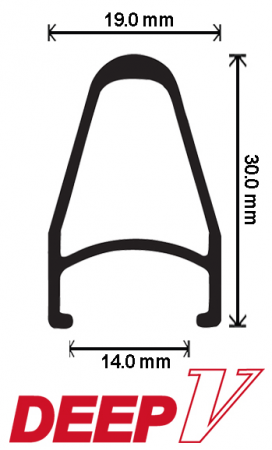Canadian wrote:
wsrobert wrote:
Canadian wrote:
2. Setting Pressure. How you set your pressure matters. Our tests have shown that a difference in tire pressure of only 5psi can effect aero drag by more than 90g. Even when using the exact same tire and wheel. Why is this important? Our good friends at Silca tell us that the standard floor pump - used by many testers - has an accuracy of 5%. If you are inflating to 100psi for your test, your accuracy variance could be skewing the numbers by close to 100g of drag. This is why we use Silca's own testing rig "The Truth" for our tests.Would silca say that "standard floor pumps" are inconsistently inaccurate? Because if not, these arent powermeters. If its consistently inaccurate between runs/tire inflation, meaning 90 PSI is always actually 85 PSI (not sometimes 85 and sometimes 90 and sometimes 92), then the point is moot.
Never mind the fact that you're saying the differences between the combo of tires and pressures could result in swings of 20 watts. Most people cant find that in the tunnel with multiple improvements - helmet, clothing, position optimizations, etc. But I'm supposed to believe that the differences between tires and consistency of inflation could be costing me 20 watts?
Come. On.
We've published the pressure data. You can see it for yourself if you like.
Dude, that's ~17g of drag (max disparity) at common yaw angles (<10d) (from your data).
At 10d on a P5-6 (no rider) A2 could not tease out any difference between tires of completely different width, tread, and model...
Last edited by:
James Haycraft: Feb 12, 17 19:40

